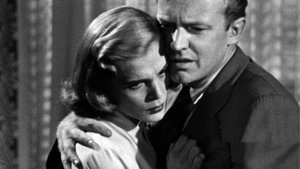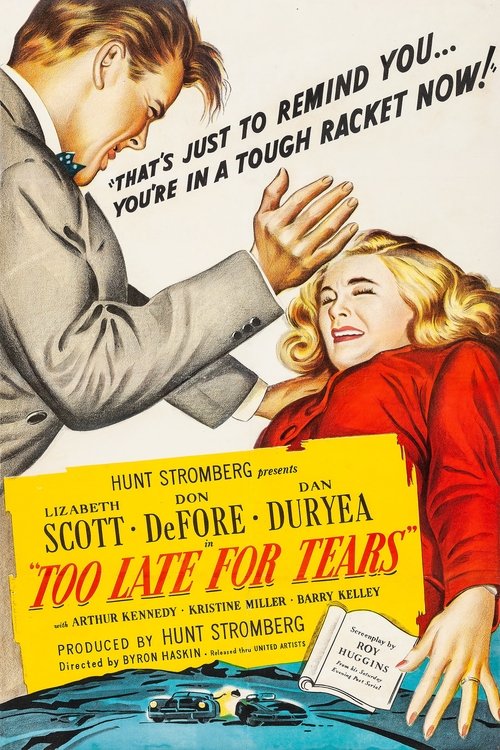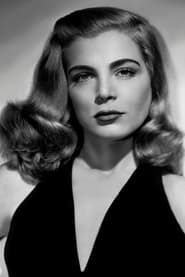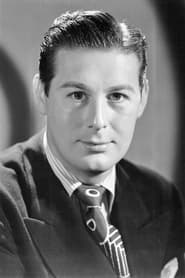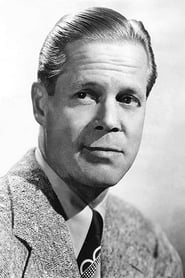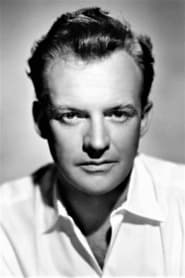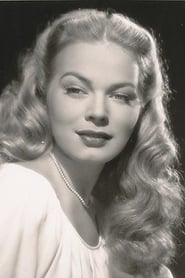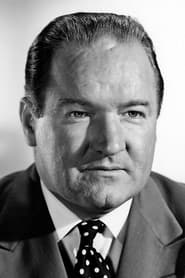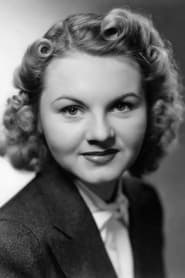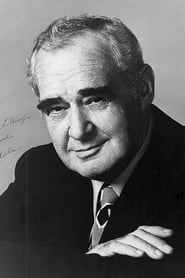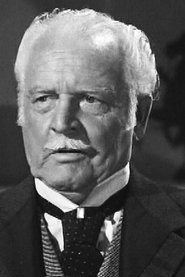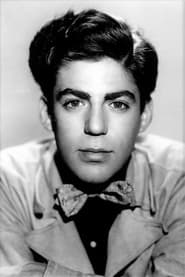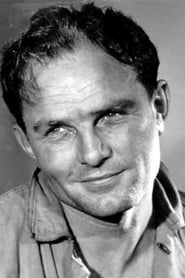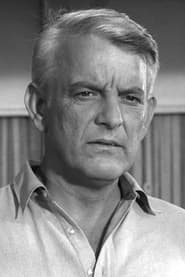Cast
View AllLizabeth Scott
as Jane Palmer
Don DeFore
as Don Blake
Dan Duryea
as Danny Fuller
Arthur Kennedy
as Alan Palmer
Kristine Miller
as Kathy Palmer
Barry Kelley
as Lt. Breach
Kevin O'Morrison
as Policeman (uncredited)
June Storey
as Fuller's Girl (uncredited)
James Nolan
as Detective Parker (uncredited)
Forbes Murray
as Dr. Adams (uncredited)
Billy Halop
as Boat Attendant (uncredited)
David Clarke
as Jack Sharber (uncredited)
Denver Pyle
as Young Man at Union Station (uncredited)
Renee Donatt
as Young Lover in Boat (uncredited)
Jimmy Ames
as Fat Man (uncredited)
Crew
Director
- Byron Haskin
Producer
- Hunt Stromberg
Reviews
John Chard
Housewives can get awfully bored sometimes.
Too late for Tears is directed by Byron Haskin and written by Roy Huggins. It stars Lizabeth Scott, Don DeFore, Dan Duryea and Arthur Kennedy. Music is by Dale Butts and cinematography by William C. Mellor.
One night Alan and Jane Palmer (Kennedy & Scott) are driving to a party out Hollywood way, when all of a sudden someone in another car tosses a suitcase filled with cash into the back seat of their car. So begins a tale of greed, betrayal and murder...
Money is poison.
Low budget be damned, Too Late for Tears (AKA: Killer Bait) ends up being a film noir (in story terms) of some excellence. Banging the drum whilst singing that money be the root of all evil, Haskin (I Walk Alone) and Huggins (I Love Trouble) put Scott front and center as one of the ultimate femme fatale bitches. Jane Palmer is a cunning cat, it's perhaps not for nothing that Duryea's Danny Fuller pet names her as Tiger, for Palmer knows exactly what she wants, and now that she has the financial means and sees a way of elevating herself to the richer playing field, she literally will stop at nothing to keep it that way. Be it murder or her sexuality as a weapon, Palmer is in control - even as she takes the knuckles from the hapless Danny. It's a dynamite character and Scott has all the necessary requirements (sultry, blonde, angular bone structure) to make her work to maximum effect.
Around Scott there's much to enjoy as well. Duryea is perhaps a given in the sort of film noir role we just love him for, but also Kennedy as the foolish husband makes a telling impact. DeFore, as the character is written, has to play his cards close to his chest for much of the time, this often gives the sense that he has wandered into the wrong movie. It's a bit jarring at first, but once the plot ufurls in its entirety then it rounds out as a neat bit of performing. Bonus is Kristine Miller (Sorry, Wrong Number) as Alan Palmer's sister, Kathy. A lovely straight backed character of some warmth, it gives the viewers someone to hang their hopes on, a barely visible beacon of hope in a world full of lies and deceit. A fine performance from Miller, she should have had a bigger career in film.
Although the Los Angeles locations are utilised well, especially impressive given the tiny budget afforded the picture, film does lack potency in the surroundings. If ever a femme fatale character, one with men slowly being wrapped around her fingers, called for some gritty, dank & suspicious places to work out of, then this is it. William Mellor (The Naked Spur) puts his photographic talents to use at a boating lake, and brings some shadows to the characters in the various well lighted rooms that the plot plays out from, but the mood is not set at uneasy, a sense of foreboding to match the machinations of Jane Palmer. It's also 10 to 15 minutes too long, some flabby filler in the middle could have been trimmed, because the film does begin to creak in the final third as we approach the sneaky finale.
Nonetheless, the story has the aces up its sleeve, it's strong enough in substance and performed very well by the cast, marking it out as a film noir easily recommended to fans of that persuasion. 7.5/10
Sep 15, 2019
CinemaSerf
Lizabeth Scott ("Jane") stumbles on a case filled with cash. She takes it home and confides in husband Arthur Kennedy who promptly deposits it in the lost luggage at Grand Central station whilst they lay low and figure out what to do. She gets greedy and when he tries to rein her in, she goes boating with him; shoots him in an onboard tussle then sets about retrieving the loot and escaping alive... Dan Duryea is quite good as her drunken, unreliable, sidekick and Don DeFore sort of appears from nowhere are her ultimate nemesis. It is quite a decent crime noir, quite tense at time, but it is way too long, a little convoluted at times, and is really let down by a poor ending.
Jul 9, 2022
Thematic Analysis
Too Late for Tears represents a fascinating example of Crime/Thriller cinema, offering viewers a unique perspective on the human experience and societal structures. The film's approach to its themes demonstrates a creative vision that distinguishes it within its genre.
Director Byron Haskin brings their distinctive visual style to this film, continuing their exploration of themes seen in their previous works while adding new elements. Their approach to pacing and visual storytelling creates a viewing experience that rewards close attention.
Released in 1949, the film exists within a cultural context that now offers viewers historical perspective on the social issues of that era. Its reception demonstrates the diverse reactions to its artistic choices and its place in cinema history.
Did You Know?
- The production of Too Late for Tears took approximately 25 months from pre-production to final cut.
- The final cut of the film runs for 99 minutes, though the director's initial assembly was reportedly 122 minutes long.
- The cast underwent specialized training for 8 weeks before filming began.
- The screenplay went through 13 major revisions before the final shooting script was approved.
- Some visual effects sequences took up to 9 months to complete.
Historical Context
- In 1949, when this film was released:
- The Cold War was intensifying, influencing global politics and culture.
- The civil rights movement was gaining momentum in the United States.
- The film industry was dominated by major studios, with independent cinema still in its early development.
How This Film Stands Out
While Too Late for Tears shares thematic elements with other films in its genre, it distinguishes itself through its unique approach to storytelling, visual style, and character development.
Unlike Criss Cross, which focuses more on action than character development, Too Late for Tears offers a fresh perspective through its innovative visual language and narrative structure.
While films like Obsession and Pierrot le Fou explore similar territory, Too Late for Tears stands apart through its distinctive directorial vision and pacing.
This film's unique contribution to cinema lies in its thoughtful balance of entertainment value and thematic depth, making it a valuable addition to its genre.
Details
- Release Date: July 17, 1949
- Runtime: 1h 39m
Where to Watch










